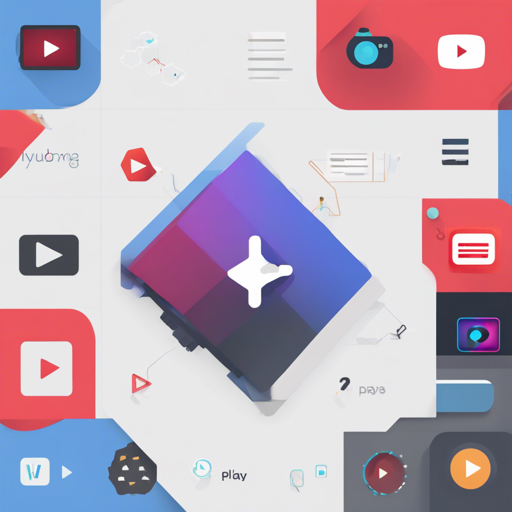Welcome to our step-by-step guide on creating the Echoes Player, an Angular (2nd generation) implementation designed for an enhanced YouTube viewing experience. Imagine being able to enjoy YouTube content just like listening to your favorite tunes on a music player. Isn’t that exciting? Let’s get started!
Getting Started with Echoes Player
The Echoes Player is essentially a fun and easy way to interact with YouTube that feels more like a media player rather than a traditional video viewer. Here’s what you need to do to get your own instance up and running:
Prerequisites
- Node.js and npm installed on your machine.
- Basic understanding of Angular and JavaScript.
Cloning the Repository
First, you need to clone the Echoes Player repository. Use the following command:
git clone https://github.com/orizes/echoes-player.gitSetting up Your Development Environment
Once you’ve cloned the repository, navigate into the project directory:
cd echoes-playerNext, run the following command to install all necessary dependencies:
npm installRunning the Development Server
Now, let’s bring your player to life! Execute:
npm startOpen your browser and navigate to http://localhost:4200 to see your project in action.
Understanding The Code: An Analogy
Think of the Echoes Player as a unique coffee shop (the application) where customers (users) come to enjoy a variety of coffee drinks made from different beans (YouTube videos). The barista (the Angular framework) skillfully brews the perfect cup (fetching and displaying videos) while ensuring that everything runs smoothly behind the counter (application architecture). The ingredients must be organized (code structure), and the brewing process must be efficient (responsive and functional user interface). Echoes Player expertly combines these elements to deliver a delightful coffee experience (seamless video playback).
Configuring API Keys
To enable Echoes to access YouTube data, you’ll need to configure API keys. Follow these steps:
- Create or log in to your Google Cloud Console at Google Credentials.
- Generate your API Key and OAuth Client ID.
- Once you have your keys, edit the environment files, replacing the template variables with your actual keys.
Troubleshooting
If you encounter issues while setting up or running the project, here are some troubleshooting tips:
- Make sure all dependencies are installed correctly through `npm install`.
- If the server fails to start, check for any errors in your console; most of the time, this relates to missing packages or syntax errors.
- Ensure that your API keys are correctly integrated into the application.
For more insights, updates, or to collaborate on AI development projects, stay connected with fxis.ai.
Conclusion
And there you have it! You’ve just created an Angular-based YouTube player that provides a seamless listening experience. With a dash of creativity and a sprinkle of code, the Echoes Player is your new gateway to enjoying videos like never before. At fxis.ai, we believe that such advancements are crucial for the future of AI as they enable more comprehensive and effective solutions. Our team is continually exploring new methodologies to push the envelope in artificial intelligence, ensuring that our clients benefit from the latest technological innovations.
Next Steps
Feel free to customize your player further by enhancing its UI or adding more features. Dive deeper into Angular’s ecosystem and explore what else you can build!

